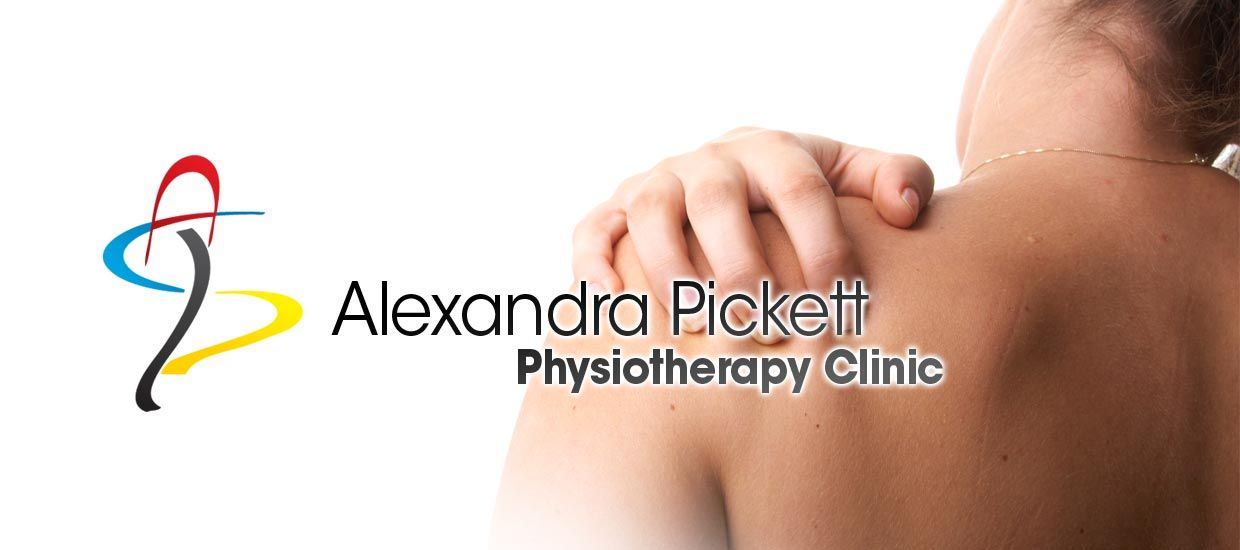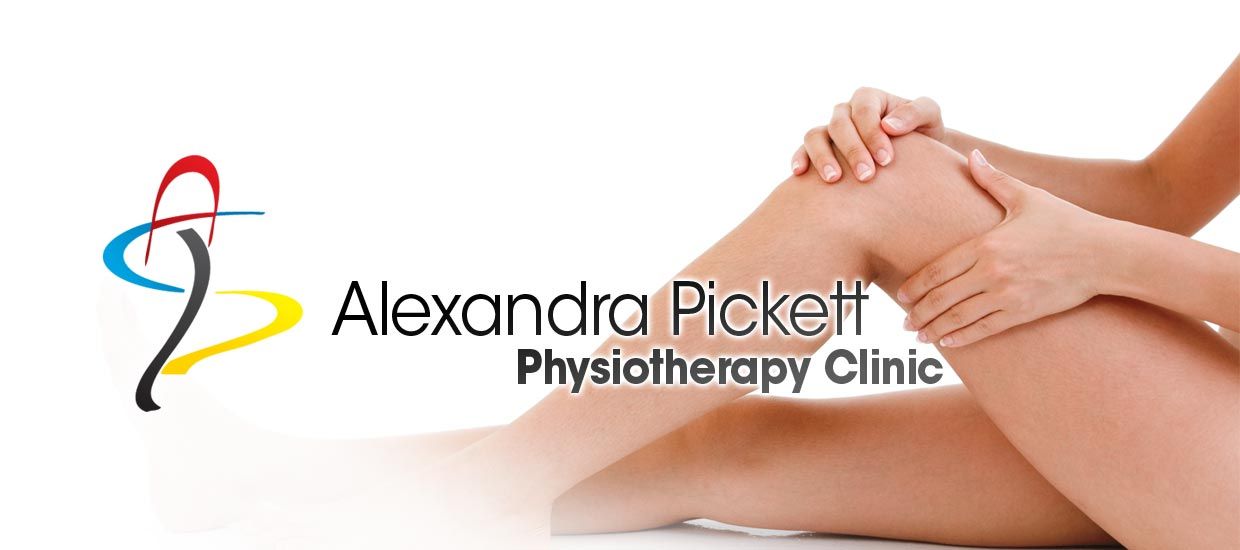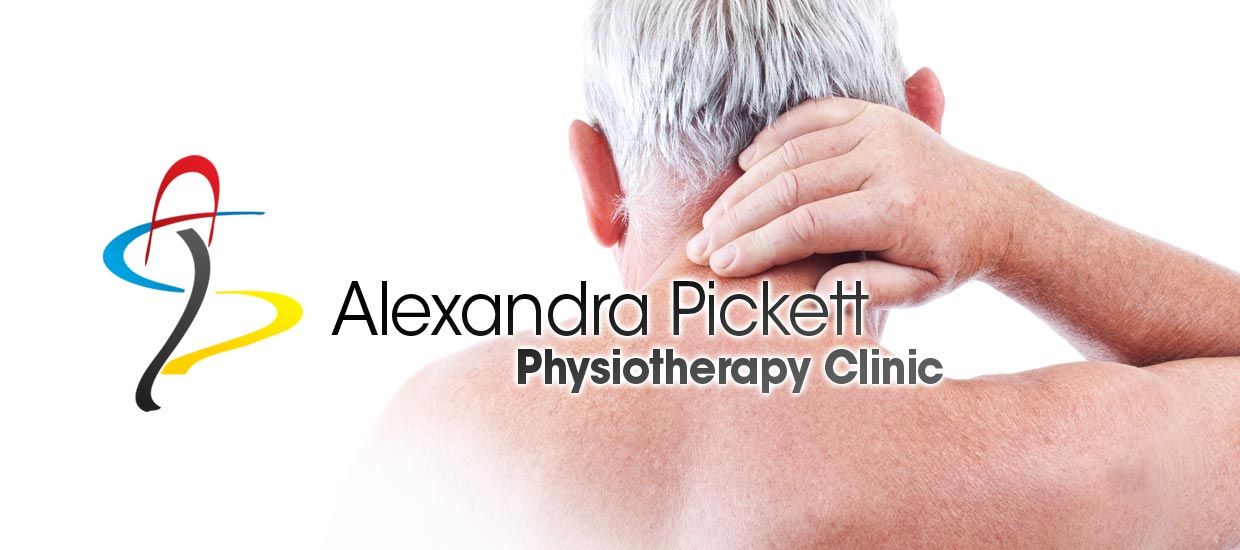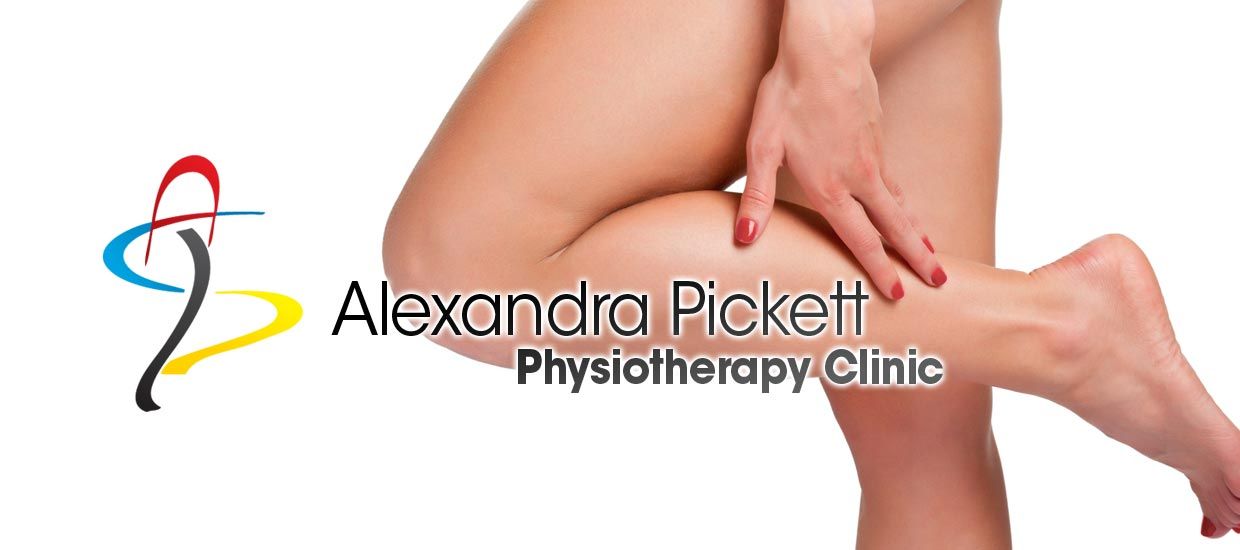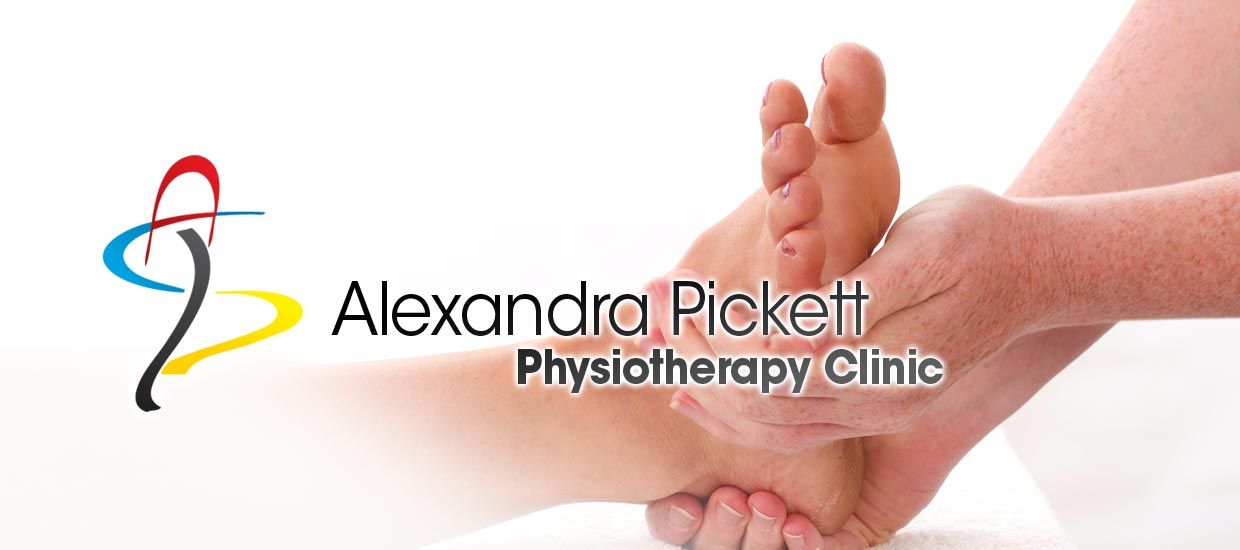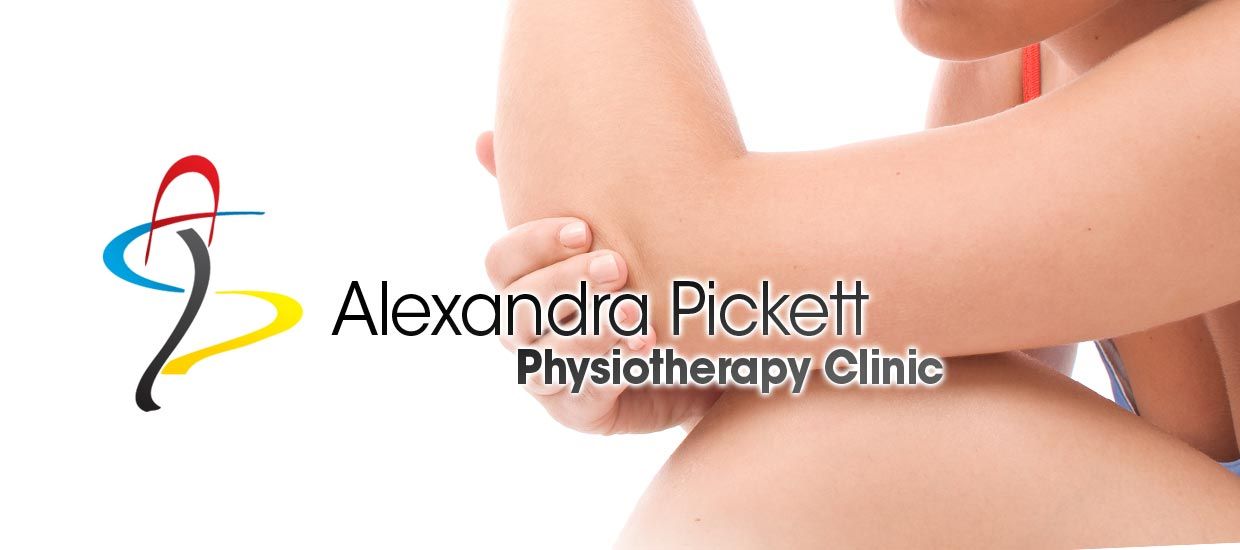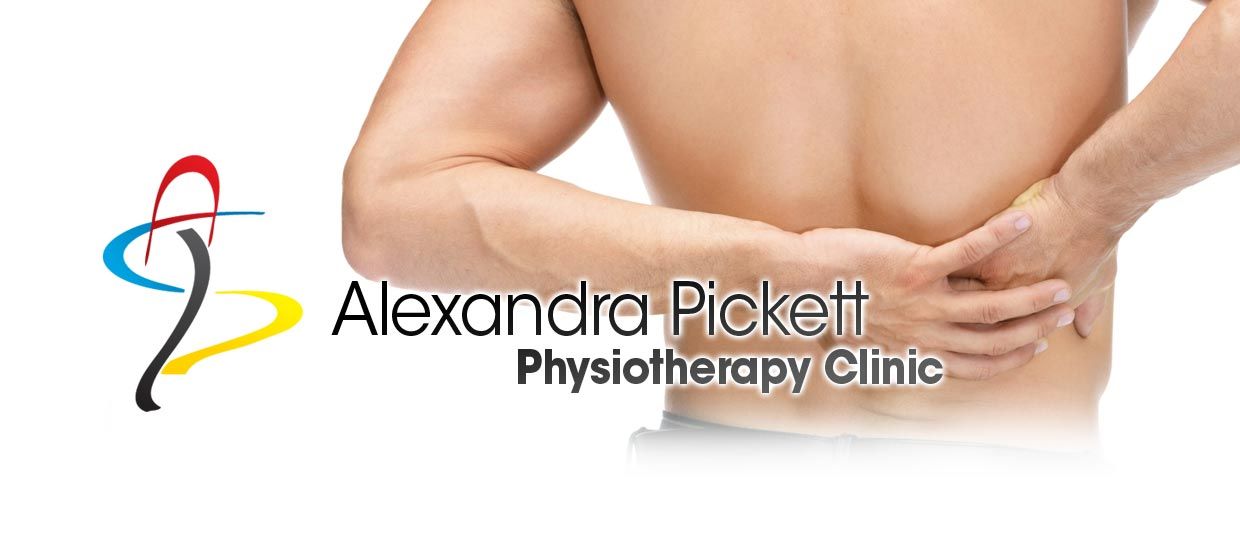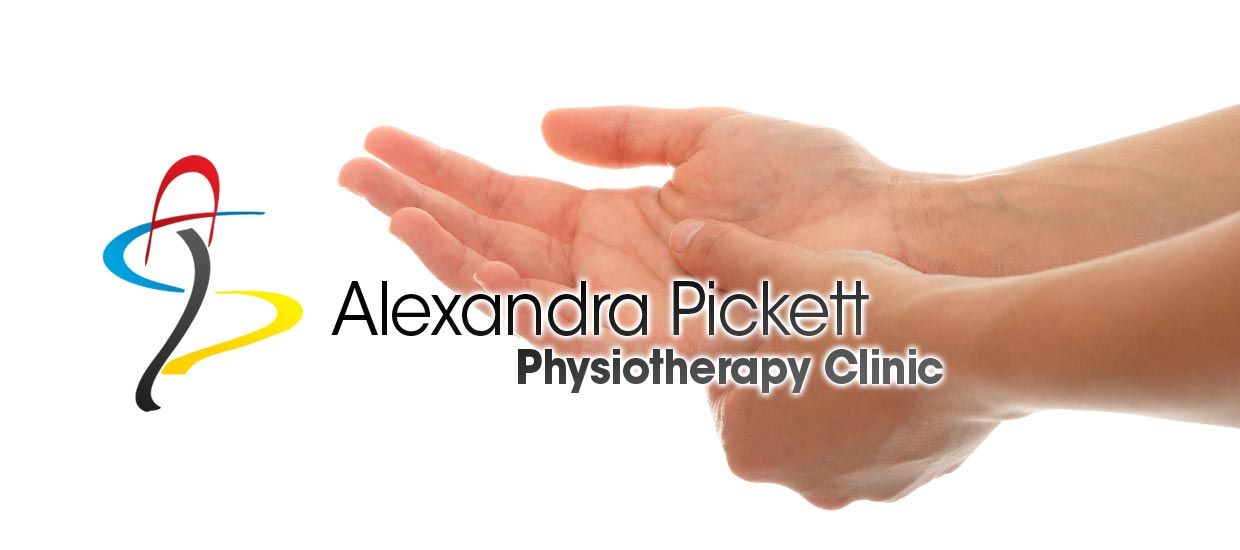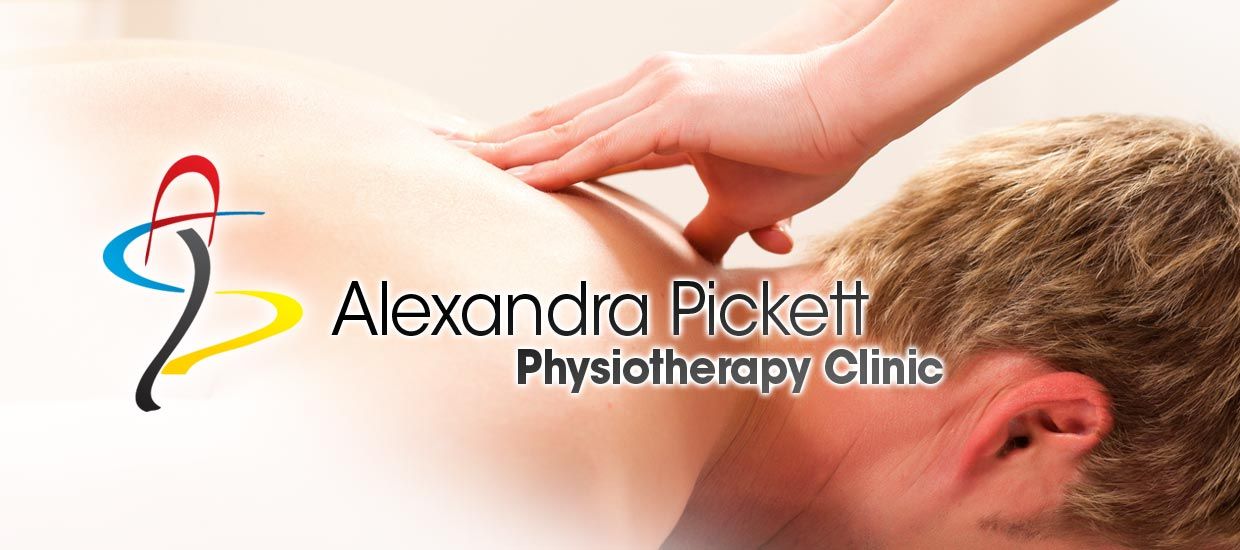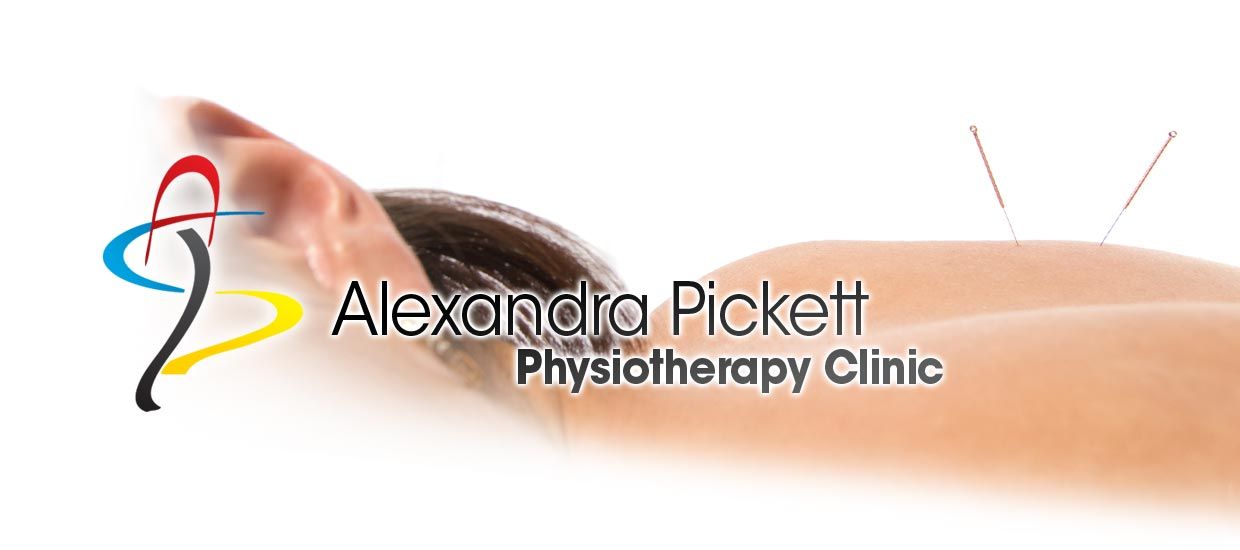NECK PAIN
How does the neck work?
The 7 bones that form the neck are called the cervical vertebrae. They're linked together by facet joints which, together with the neck muscles, allow you to move your head in any direction. Between the bones are discs of cartilage known as intervertebral discs. At the level of each disc, nerve roots branch out from the spinal cord. Impulses travel along these nerves, sending sensations such as touch and pain to the brain. The bones help to support the head and protect the spinal cord – the main nerve which links nerves throughout the body to the brain.
What causes neck pain?
Cervical spondylosis
Spondylosis occurs due to everyday use over many years. This is where discs become thinner, the facet joints become worn and the spaces between the bones become narrower. Spurs of bone, known as osteophytes, form at the edges of the vertebrae and the facet joints. These changes are very similar to those seen in osteoarthritis.
You can take painkillers to ease pain, and exercise will help you to stretch and strengthen your muscles.
Whiplash
Whiplash injuries are most often seen as a result of car collisions. They're caused by the body being carried forward, causing the head to flip back. Then, as the body stops, the head is thrown forwards. There's often a delay before you feel any pain or stiffness.
It's thought that the pain is caused by the stretching of the ligaments and the capsule around the facet joints, along with muscle spasm as the body tries to splint the injury.
Although whiplash can badly strain your neck, most cases improve within a few weeks or months. Seat belts and properly adjusted headrests in cars greatly reduce the damage from whiplash injuries.
Gentle exercises to keep the neck mobile will help to prevent longer term problems and get you back to normal as soon as possible.
Tension
Muscles at the back of the neck must always be tensed in order to keep your body upright.
When we're stressed we often tense these muscles even more, which can cause neck pain and tension headaches.
Relaxation and exercise can help ease tension.
